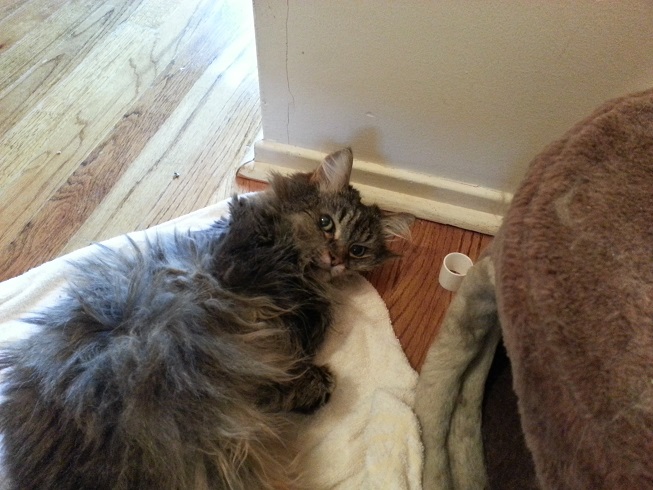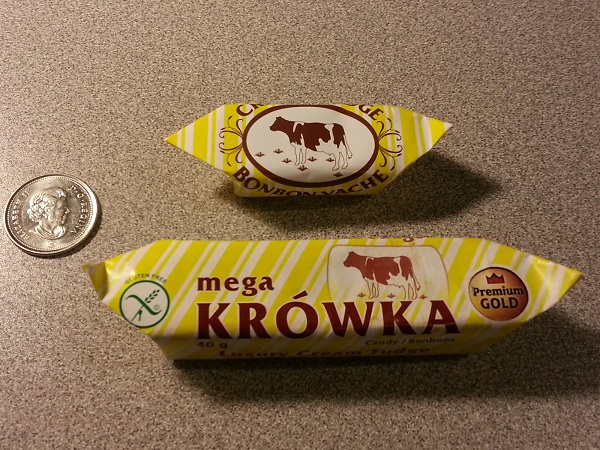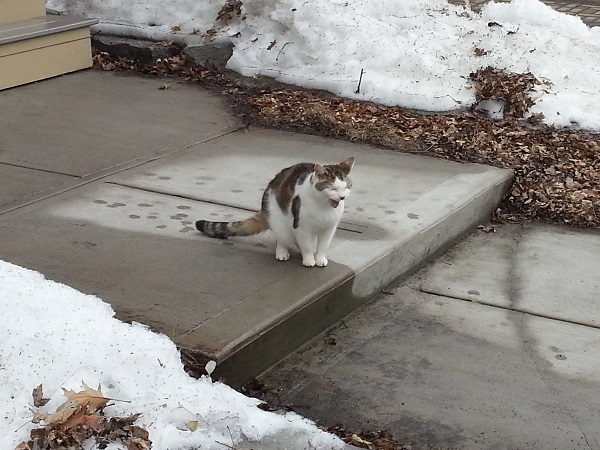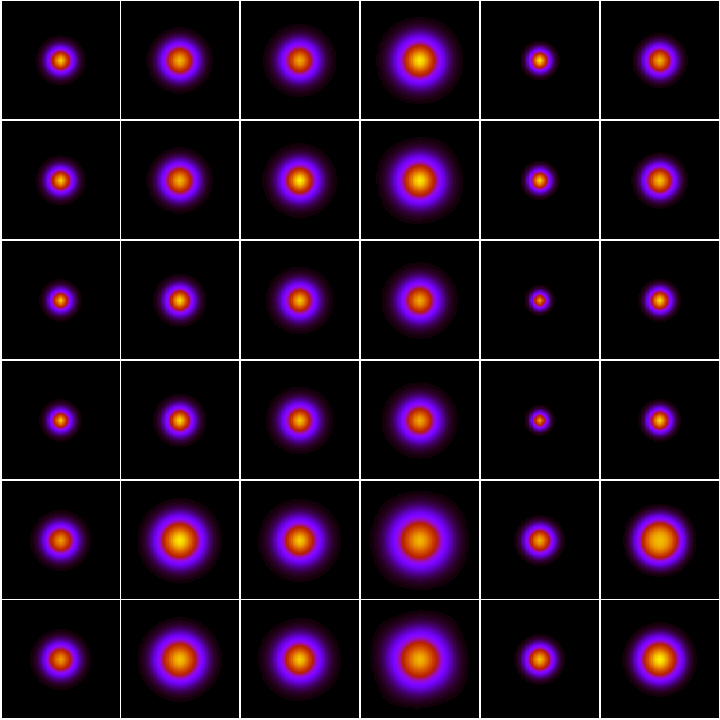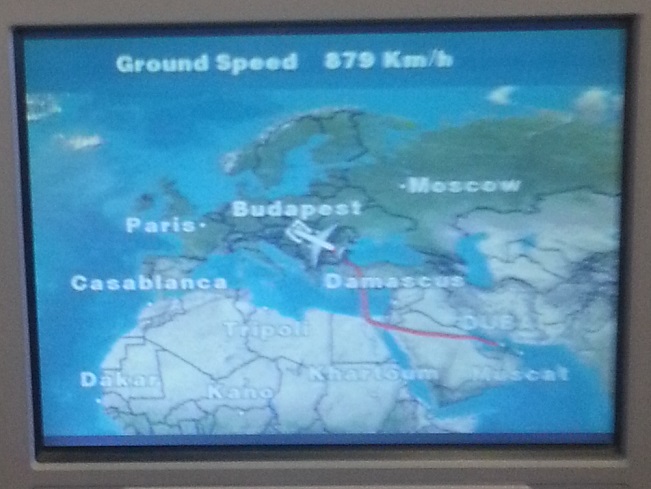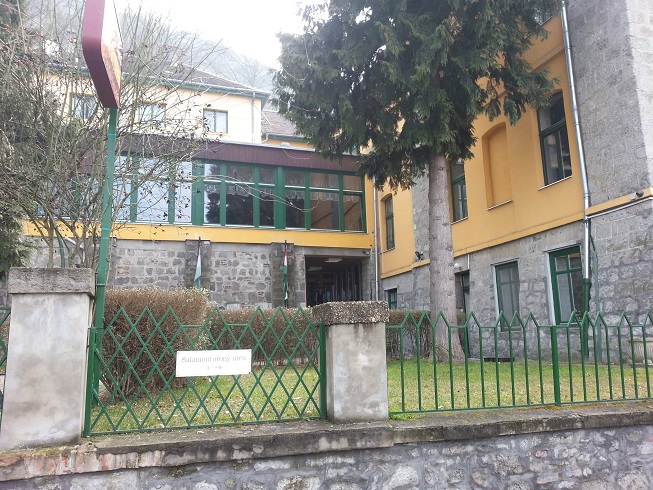I have been neglecting my blog in the past two weeks, but I had a good reason: I was traveling again.
I was once again in Dubai, where I spent some time on the 14th floor of an office building. From that building, I noticed another, very strange edifice with barely a window on its first few floors, and some absolutely giant fans on its roof. I was wondering what it was: a telephone exchange? A data center? No… a central air conditioning plant for a city block. Wow.

Later that evening, we walked to a restaurant in downtown Dubai, and I had a chance to stare at one of the city’s newest attractions (I don’t know how long it has been around, I only just noticed it now), a red streetcar. Lovely.

I only spent a day in Dubai before heading off to Abu Dhabi in a rental car. Rather than purchasing a new GPS (or an expensive map for my old Garmin) I decided to rely on Google Maps on my phone. Not that I really needed to; once I found my way out of Dubai, I was quite familiar with the route and the location of my Abu Dhabi hotel. Indeed, I found the hotel without difficulty, and early next morning, I found myself staring at a surprisingly faint desert sunrise, the Sun obscured by sand and fog:

I spent four days in Abu Dhabi, working hard. Having my own transportation really made things easier, not just to commute back and forth between my hotel and my client’s office, but also to do mundane things like going to a supermarket for some fresh fruit or a bottle of Coke purchased at a tiny fraction of the hotel price.
Four days fly by like nothing, and all too soon, I found myself on the highway again, heading back to Dubai. This time around, I used my phone not just for navigation but also as a dash cam:

This turned out to be a big mistake. Barely more than ten miles from my hotel, just as I was entering the thickest parts of the freeway spaghetti in Dubai, my phone went dark. I couldn’t for the life of me figure out why a phone’s battery gets depleted when the phone was plugged in just fine. (I solved the mystery today through some experimentation: the use of two applications, but especially the continuous HD video recording overheated the phone, and it stopped charging the battery as a precaution.) Anyhow, I was left to my own devices, so it was with no small amount of pride when, maybe 20 minutes later, I got out of the rental car in front of my hotel, having found the place from memory, driving through downtown Dubai like a native.
The same evening, I took the rental car back to the Dubai Mall, once again navigating flawlessly to the right parking lot, finding the rental agency’s kiosk, and completing the return of the vehicle exactly as planned, nailing the timing spot on for my next meeting.
The next evening, I once again went to the Dubai Mall, but this time on foot. The hotel is about a mile from the Mall. Normally, walking a mile is no big deal, but try doing it in 36°C weather! I felt very brave. Not only did I walk to the Mall, I also walked back from the Mall, after I did some shopping (some gifts and once again, some groceries). On the way back, I paused for a moment, looking at (and listening to) the cacophony of non-stop large scale construction right across the Mall:

I spent two more days in Dubai, again very busy. On Sunday, I checked out of my hotel, heading to that same 14th floor office again… and en route, I got wet. There was rain! Not a lot of rain to be sure but still, any rain is a delightful experience when you are in one of the driest places of the entire planet.
Finally, Sunday evening arrived and once again I was heading back to Dubai airport. Heading home.
Halfway through the flight, I looked out my window and saw a half moon over a deep blue sky. It was beautiful.

And then, after a grueling 14.5 hour nonstop flight, I was at Washington’s Dulles airport again, going through a surprisingly quick, efficient, and painless border and customs inspection (the concept of international transit does not exist at North American airports.) As I was walking towards my Ottawa departure gate, I encountered a delightful little facility:

Yes, a rest room for canines! As the door was open, I was even able to take a peek, although for some reason, my phone camera was badly out of focus:

Even in this blurry picture though, perhaps it is clear that the room contains a piece of a fence, some fake grass, and a plastic fire hydrant replica, offering maximum comfort for canine companions. It really gave me a good laugh!
And then, after a brief delay (our aircraft was late inbound), I was flying again. Less than 90 minutes later, I was at Ottawa airport, and soon in a taxi, heading home.
And I am still playing catch-up. So many little things pile up in two weeks!


